Bullish Exchange Migrates to Solana Stablecoins: What It Means for DeFi in 2025

On July 9,2025, the institutional crypto exchange Bullish made headlines by announcing a sweeping migration of its core trading and settlement infrastructure to the Solana blockchain. This move is more than just another partnership in the ever-shifting world of crypto exchanges – it signals a pivotal shift for decentralized finance (DeFi) as we head into 2025. By embracing Solana-native stablecoins for its trading, payments, custody, and settlement operations, Bullish is betting big on speed, efficiency, and cost-effectiveness – three pillars that could redefine what institutional DeFi looks like in the coming years.
Bullish Solana Migration: Why Now?
The timing of this migration is no accident. Solana has experienced explosive growth in its stablecoin ecosystem throughout 2025. According to recent data, the total supply of stablecoins on Solana surpassed $13 billion earlier this year – a jaw-dropping 156% increase that has positioned Solana as a serious contender for institutional-grade blockchain finance (source). For Bullish and its institutional clientele, this means access to deep liquidity pools and ultra-fast transactions at a fraction of the cost seen on legacy chains.
At the time of writing, Solana’s native token (SOL) trades at $158.86, reflecting a healthy 3.8% daily gain. The market’s response to Bullish’s announcement has been cautiously optimistic, with many traders eyeing key resistance levels in anticipation of further adoption-driven rallies.
How Solana-Native Stablecoins Reshape DeFi Infrastructure
The integration of Bullish’s infrastructure with Solana isn’t just about lower fees or faster trades – it’s about laying the groundwork for scalable DeFi that can finally appeal to institutions without sacrificing transparency or security. By leveraging Solana-native stablecoins, Bullish can offer near-instant settlement times and dramatically reduce transaction costs for its users. This is especially crucial for high-frequency traders and institutional desks handling millions (or billions) in daily volume.
But what does this mean for everyday DeFi users? As more major players migrate to efficient blockchains like Solana, we’re likely to see spillover effects: increased liquidity, tighter spreads on decentralized exchanges (DEXs), and even new yield opportunities as stablecoin adoption continues to skyrocket.
The Institutional Confidence Factor: Traditional Finance Meets Web3
This migration also marks a significant milestone in the ongoing convergence between traditional finance (TradFi) and decentralized technologies. Bullish isn’t just another startup – it’s an established exchange catering to some of the world’s largest financial entities. Its decision to trust Solana with mission-critical infrastructure sends a clear message: blockchain platforms are ready for prime time.
This confidence boost could have ripple effects across both sectors. As more institutions witness successful integrations like this one, expect accelerated onboarding into DeFi protocols built atop fast, scalable chains such as Solana.
Key Benefits of Bullish Migrating to Solana
-

Lightning-Fast Transactions: By leveraging Solana’s high-speed blockchain, Bullish can process trades and settlements in seconds, dramatically reducing wait times for institutional and retail users.
-
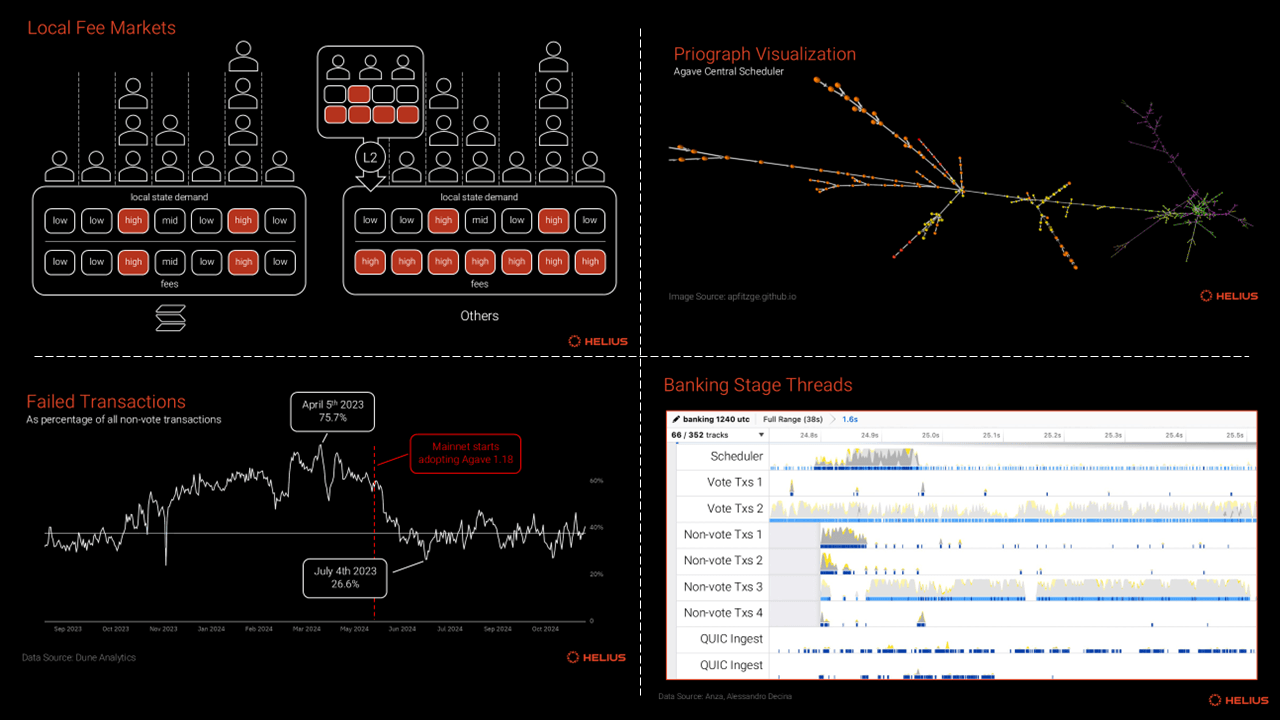
Lower Transaction Costs: Solana’s architecture enables ultra-low fees, making trading, payments, and settlements on Bullish more cost-effective compared to networks with higher gas fees.
-
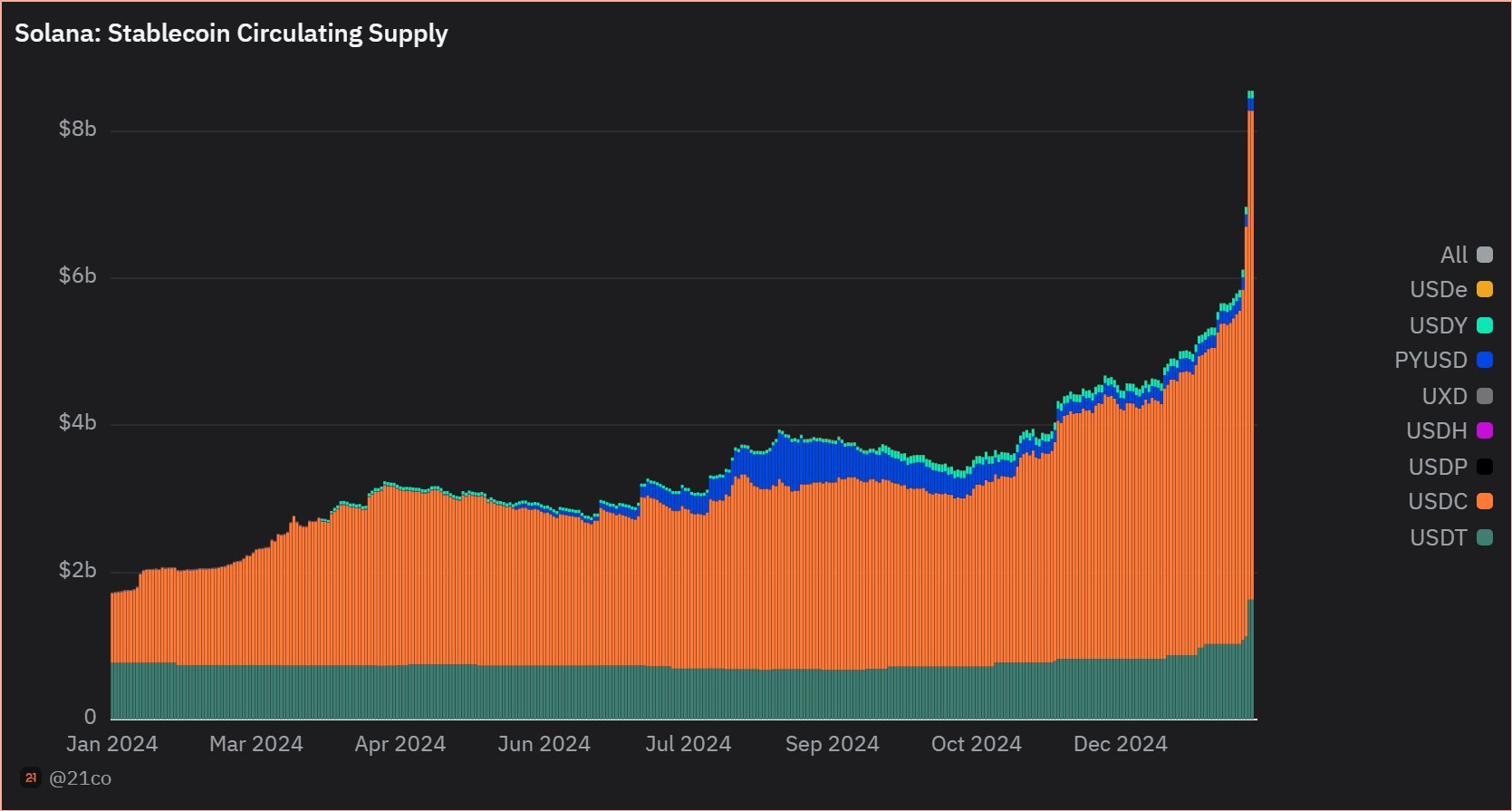
Enhanced Stablecoin Integration: The migration allows Bullish to use Solana-native stablecoins for trading, custody, and payments, tapping into a stablecoin supply that surpassed $13 billion in early 2025.
-

Scalability for Institutional Finance: Solana’s robust infrastructure supports high-volume trading and clearing, positioning Bullish to serve institutional clients with greater efficiency and reliability.
-
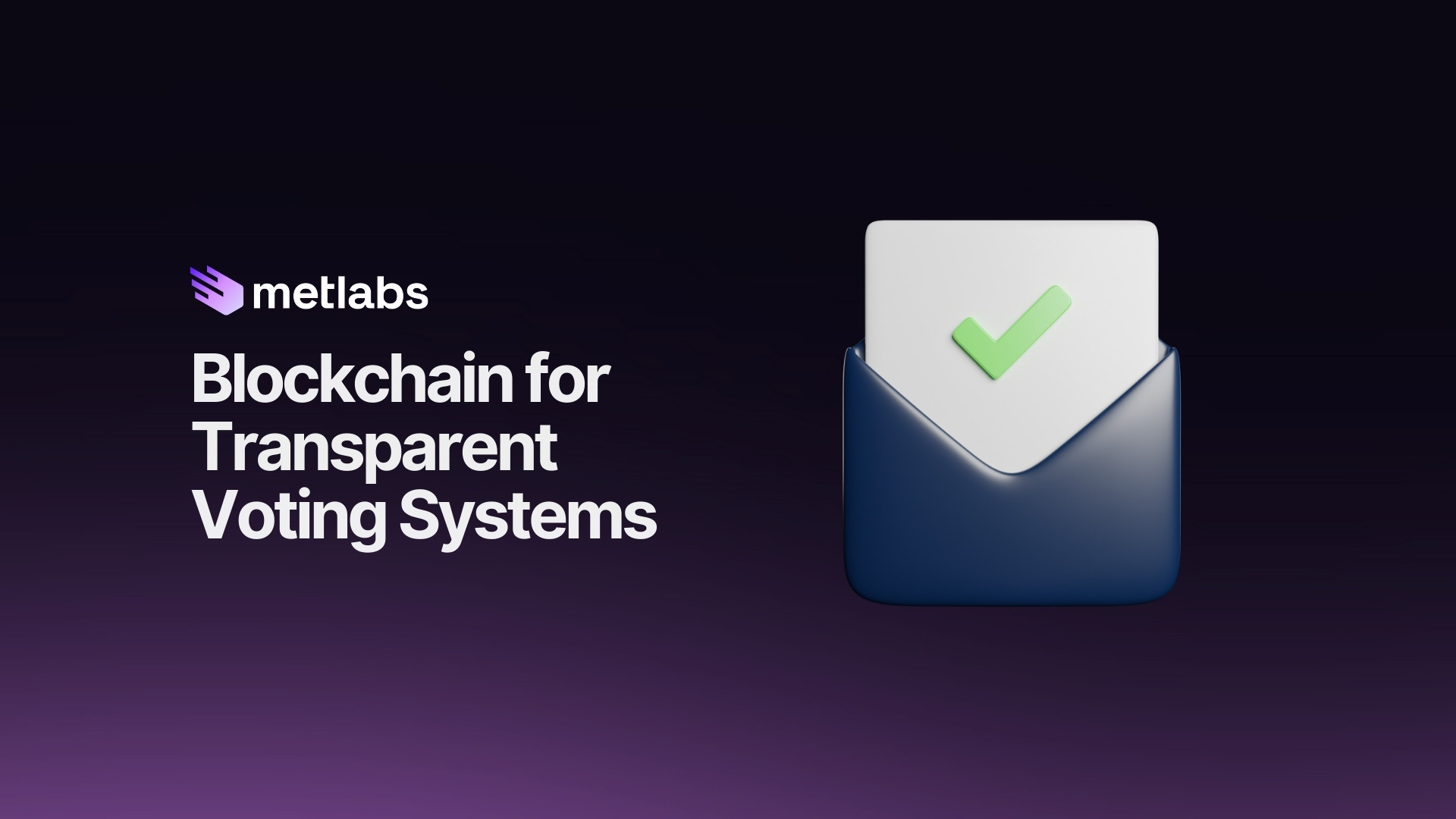
Boosted Transparency and Security: Migrating to Solana’s open, decentralized ledger enhances auditability and trust for all Bullish operations, aligning with regulatory and institutional requirements.
-
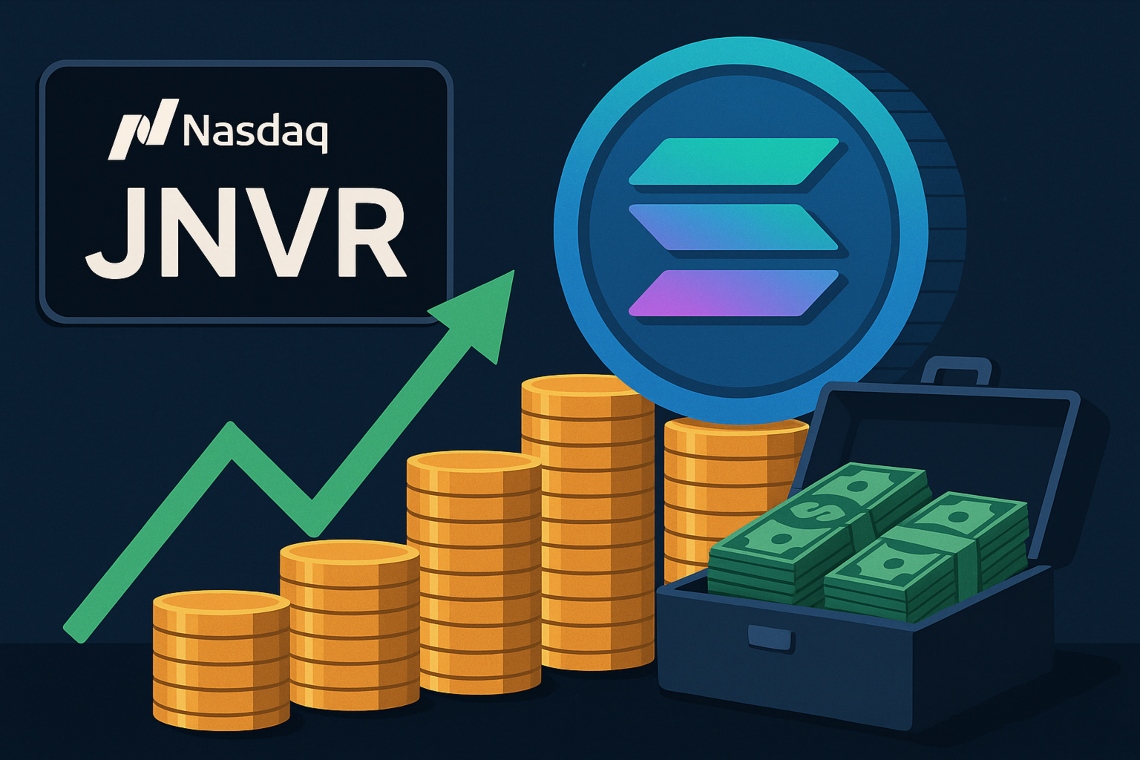
Pioneering DeFi Innovation: This move sets a precedent for traditional finance and DeFi convergence, encouraging other major institutions to explore Solana for next-generation financial infrastructure.
Key Takeaways from Bullish’s Move
- Bullish migrates core systems to Solana: Unlocks faster trading and lower fees for institutional clients.
- $13 billion and in stablecoins: Demonstrates robust liquidity and growing trust in Solana-native assets.
- SOL price at $158.86: Market reacts positively amid bullish sentiment around DeFi scalability.
- Paves way for other institutions: Sets precedent for future TradFi-DeFi integrations on high-performance blockchains.
For DeFi enthusiasts and institutional players alike, this is a watershed moment. The Bullish Solana migration is more than a technical upgrade; it’s a signal that the next generation of decentralized finance will be built on platforms that can handle real-world financial scale without compromise. As stablecoin adoption continues to explode, Solana’s combination of lightning-fast finality and low fees appears tailor-made for the demands of modern markets.

Let’s break down why this partnership is already making waves in both the crypto and traditional finance arenas:
Top 5 Reasons Solana-Native Stablecoins Attract Institutional Capital in 2025
-
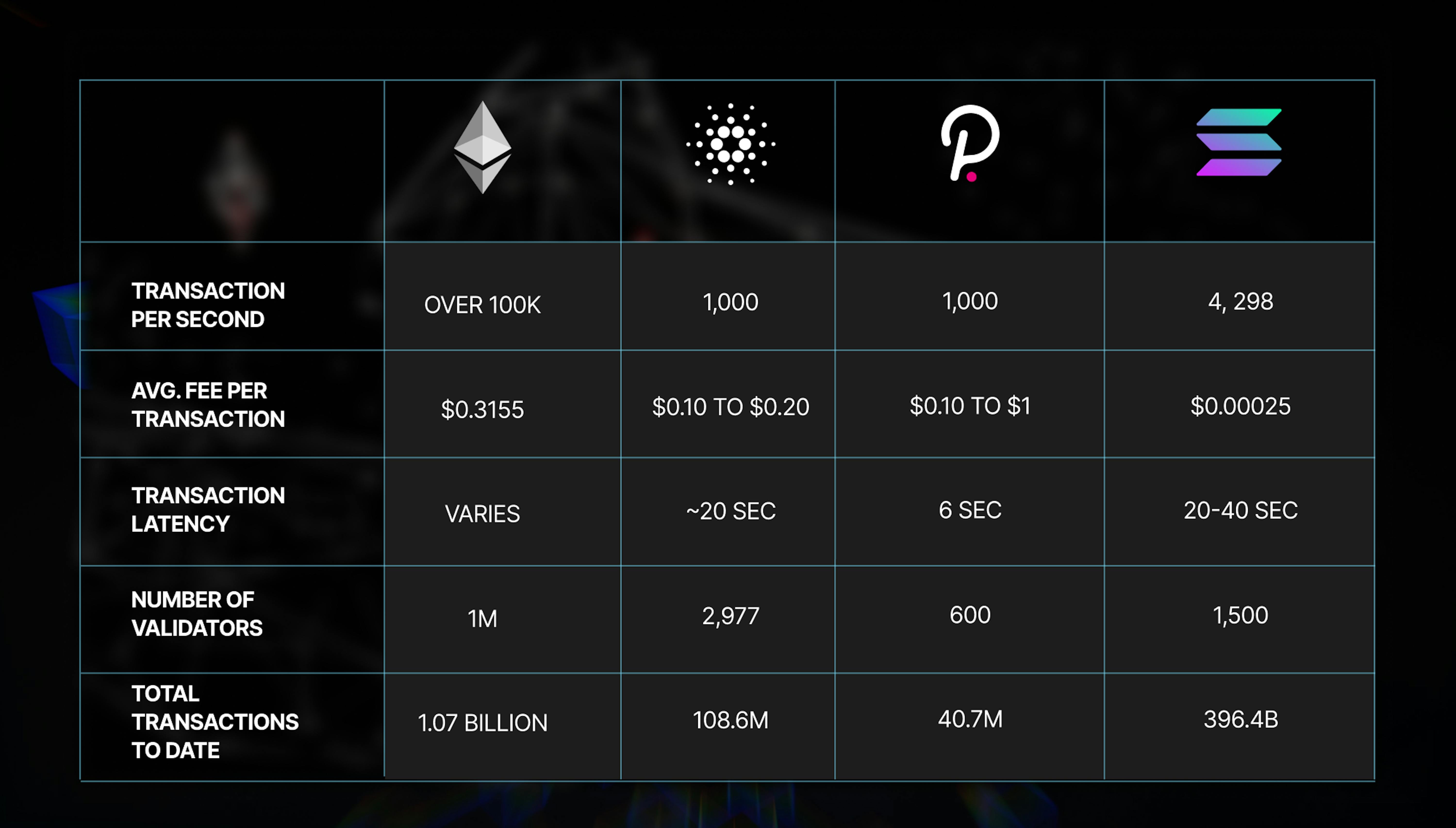
Unmatched Transaction Speed and Low Costs: Solana processes thousands of transactions per second with minimal fees, making it ideal for high-frequency institutional trading and settlements.
-
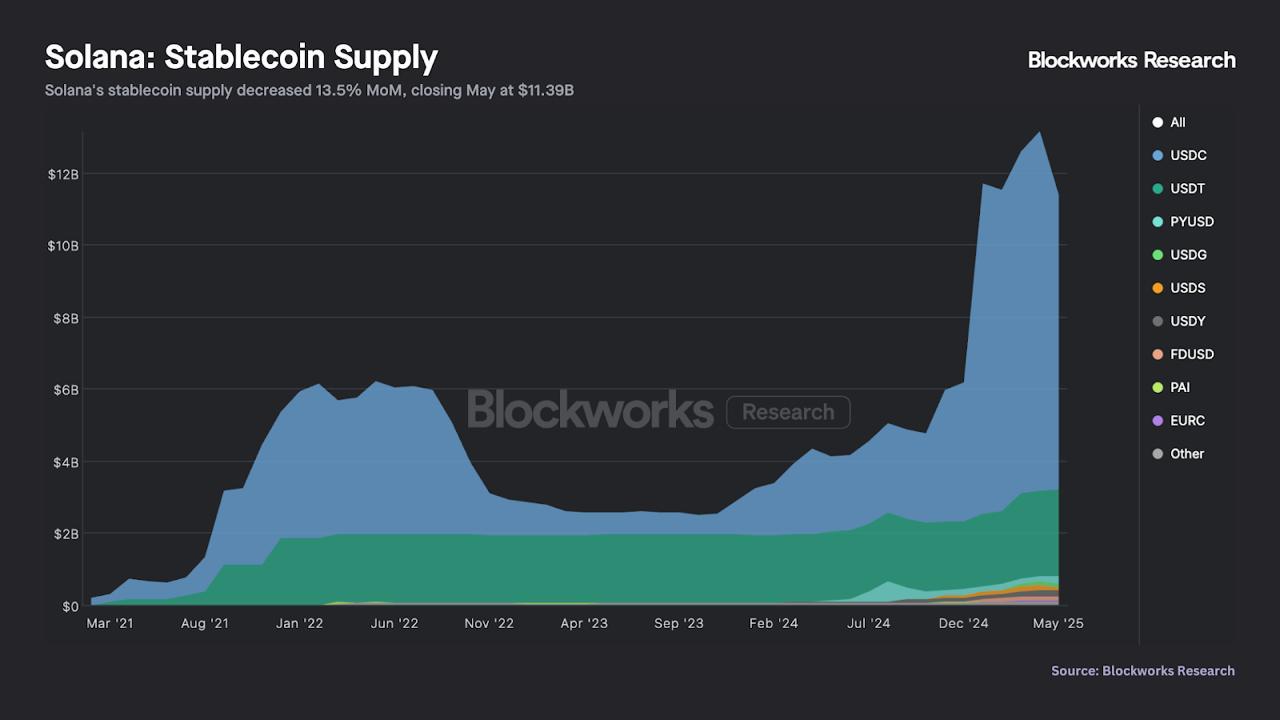
Rapid Growth in Stablecoin Supply: Solana’s stablecoin ecosystem surpassed $13 billion in supply in early 2025, reflecting strong market confidence and deep liquidity for institutional participants.
-

Major Institutional Adoption: Leading exchange Bullish migrated its core infrastructure to Solana, leveraging Solana-native stablecoins for trading, custody, payments, and settlement operations.
-

Enhanced Scalability for DeFi Services: Solana’s robust infrastructure enables institutions to scale DeFi applications efficiently, supporting large transaction volumes without network congestion.
-
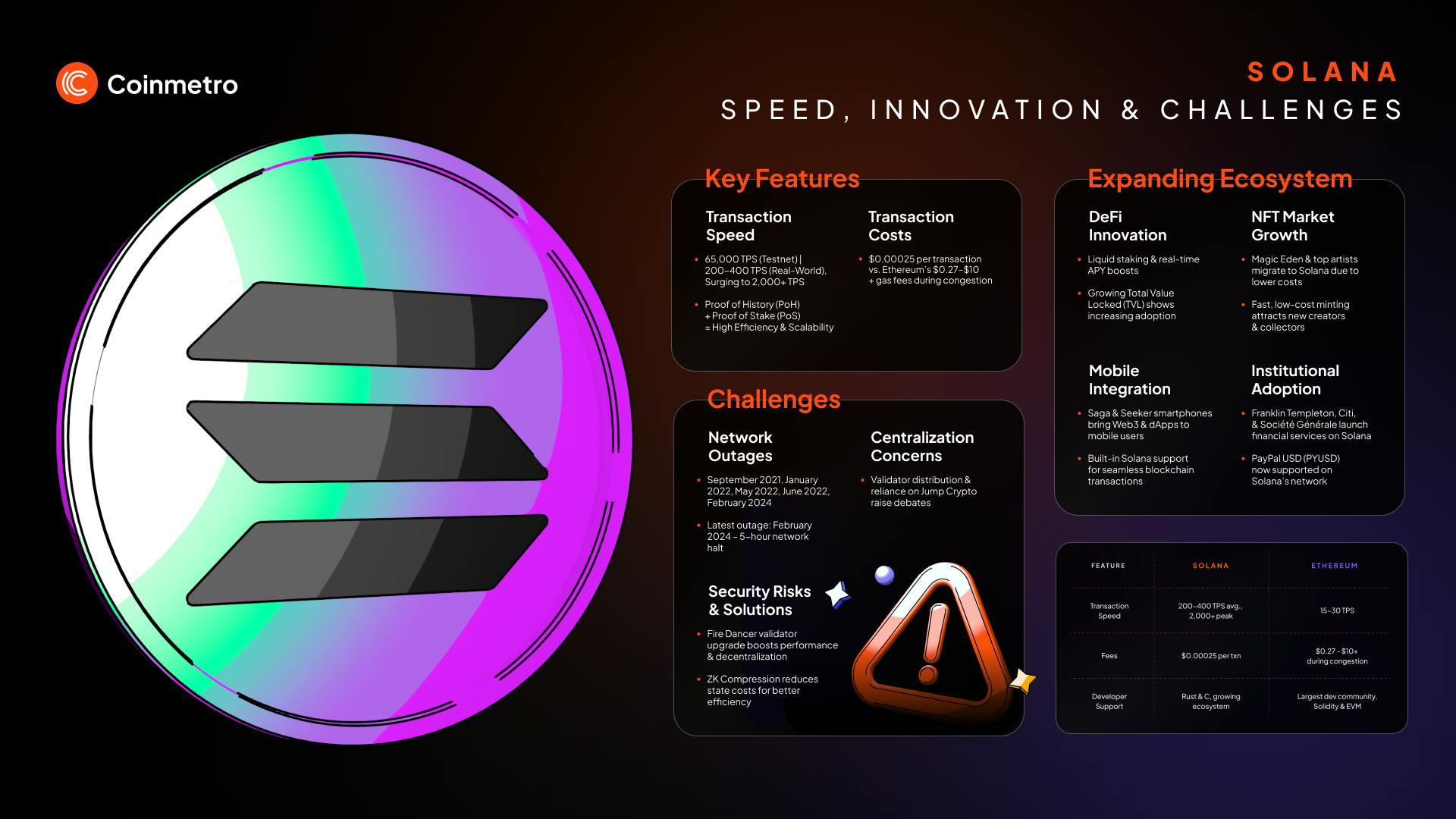
Increased Transparency and Security: Solana’s blockchain offers transparent, auditable transactions and advanced security features, meeting institutional compliance and risk management standards.
What This Means for Solana DeFi in 2025
The arrival of Bullish on Solana isn’t just a win for one exchange or blockchain, it has ecosystem-wide implications. More liquidity and institutional credibility mean DeFi protocols on Solana can tap into previously unreachable pools of capital. Expect to see:
- More robust lending markets as stablecoin volumes surge.
- Innovative payment rails that make cross-border settlements nearly instant.
- Yield products with improved risk-adjusted returns due to deeper liquidity.
- Greater regulatory attention, which could bring both clarity and new challenges.
This isn’t just theory, the numbers back it up. With over $13 billion in stablecoins now circulating on Solana, developers are racing to build the next wave of DeFi apps tailored for both retail and institutional users. The network effect is real: as more major players like Bullish migrate, the incentives for others to follow only grow stronger.
Key Risks for Institutions Migrating to Solana Stablecoins
-
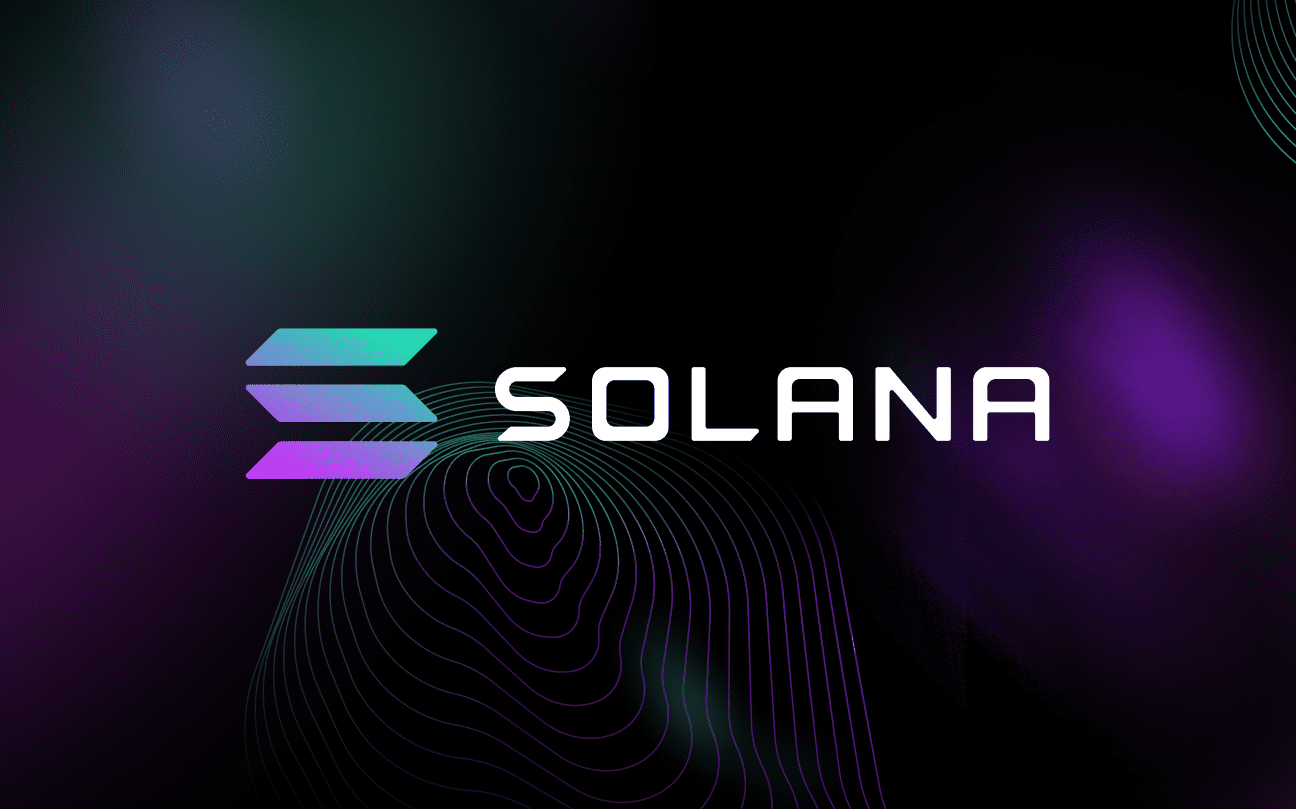
Network Outages and Downtime: Solana has experienced notable network outages in the past, raising concerns about operational reliability for institutions relying on uninterrupted trading and settlement.
-

Regulatory Uncertainty: The regulatory landscape for stablecoins and blockchain platforms like Solana remains in flux, especially for institutions operating across multiple jurisdictions.
-

Smart Contract Vulnerabilities: While Solana boasts high throughput, smart contract bugs or exploits could pose significant risks to institutional funds and operations.
-
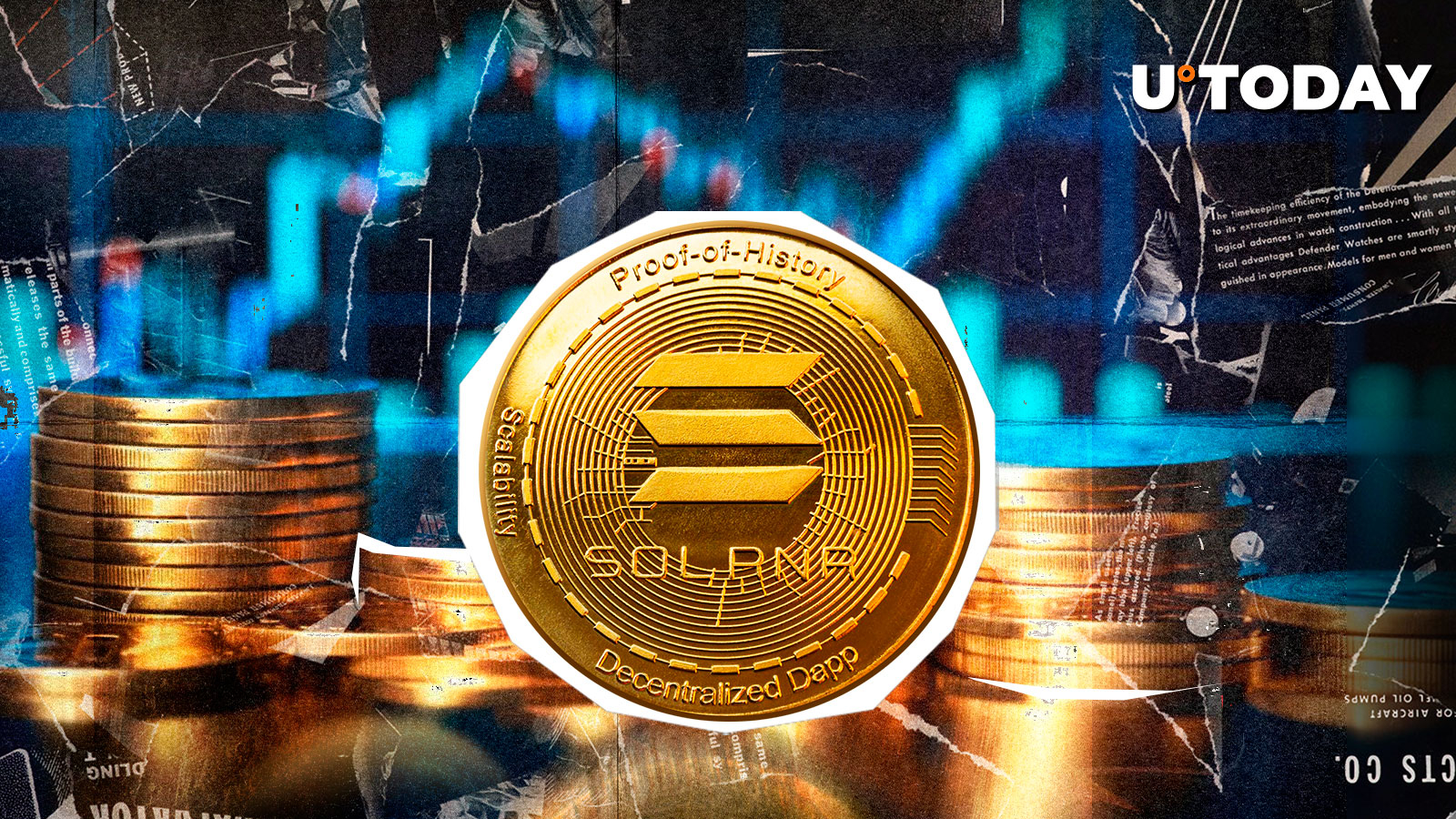
Liquidity Risks: Although Solana’s stablecoin supply exceeded $13 billion in early 2025, sudden market shifts or technical issues could impact stablecoin liquidity on the network.
-
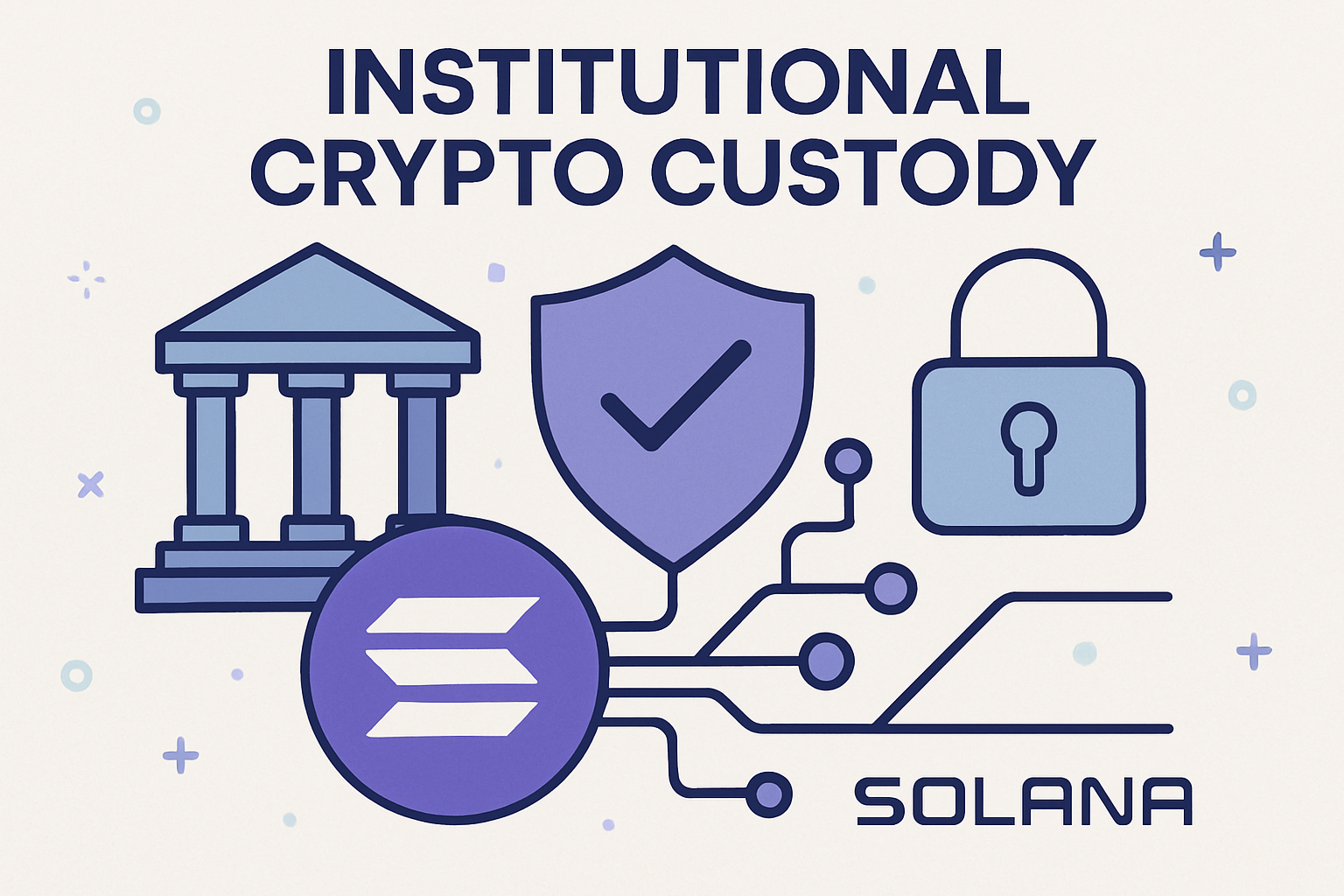
Custody and Settlement Challenges: Integrating institutional-grade custody solutions and ensuring secure settlement on a new blockchain infrastructure can present operational hurdles.
-

Interoperability Limitations: Moving to Solana-native stablecoins may limit cross-chain compatibility with other major blockchains like Ethereum or Polygon, potentially complicating multi-chain strategies.
SOL Price Stays Strong Amid Institutional Momentum
The market has taken notice. With SOL trading at $158.86, up 3.8% over the last 24 hours, analysts are eyeing potential breakouts should momentum continue (source). While short-term volatility remains a given in crypto, the long-term trend points toward increasing utility, and thus value, for tokens underpinning high-traffic blockchains like Solana.
Solana Technical Analysis Chart
Symbol: BINANCE:SOLUSDT | Interval: 1D | Drawings: 7
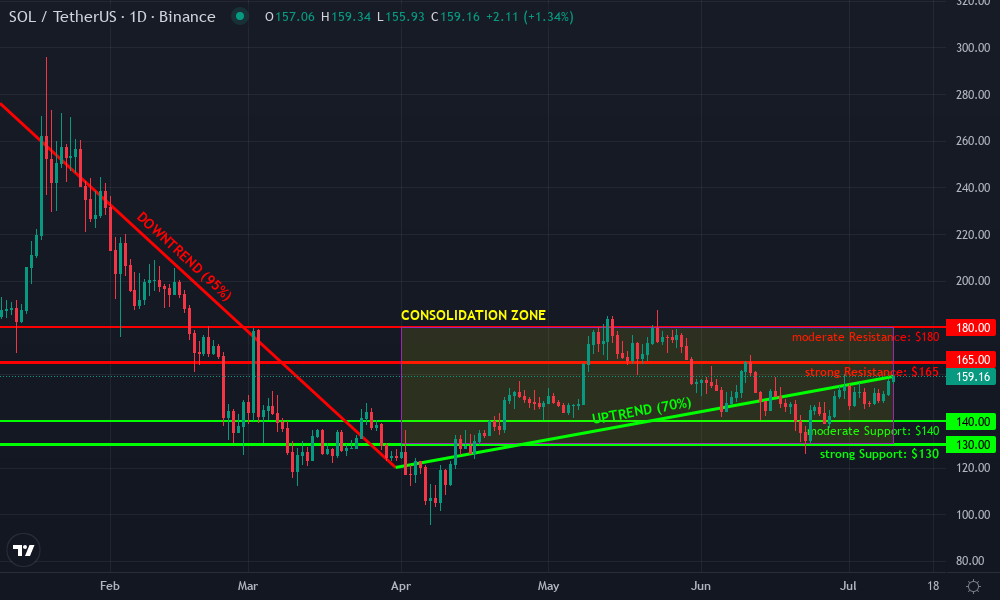
Technical Analysis Summary
The SOL/USDT chart on Binance for 2025 shows a recovery from a sharp Q1 downtrend, followed by an extended consolidation between roughly $135 and $180. Price is currently testing resistance near $159, reflecting positive momentum after news of institutional adoption and stablecoin integration. Key technical features to draw: 1) A major downtrend line from the highs in January to April, 2) a horizontal resistance at $160, 3) support range around $135, 4) a consolidation zone for May–July, and 5) a potential breakout setup if price closes above $160–$165. Use long/short position tools for risk planning, and rectangles for price ranges.
Key Support & Resistance Levels
Support Levels:
- $135 – Major support from multi-month lows, repeatedly tested and held. (strong)
- $145 – Intermediate support from late June minor lows. (moderate)
Resistance Levels:
- $160 – Immediate resistance, current price is challenging this level. (moderate)
- $180 – Major resistance from repeated rejection in May and June. (strong)
Trading Zones
Entry Zones:
- $161 – Breakout above resistance at $160, confirmation signal for bullish move. (Risk: medium)
- $145 – Bounce from intermediate support for swing entry. (Risk: medium)
Exit Zones:
- $178 – Approaching strong resistance, logical profit target. (profit_target)
- $134 – Breakdown below major support, set as stop-loss for longs. (stop_loss)
Technical Indicators Analysis
Volume Analysis:
Pattern: Not displayed on this chart, but increased volume on breakout above $160 should confirm bullish move.
Description: Watch for volume surge as price breaks above $160.
MACD Analysis:
Signal: Not visible, but likely turning bullish with recent price recovery.
Description: MACD crossover would support breakout thesis if price sustains above $160.
Applied Drawing Utilities
This chart uses the following TradingView drawing utilities:
- Trend Line
- Horizontal Line
- Rectangle
- Long Position
- Short Position
- Callout
Disclaimer: This technical analysis is for educational purposes only and should not be considered as financial advice.
Trading involves risk, and you should always do your own research before making investment decisions.
Past performance does not guarantee future results.
The coming months will be telling. If other exchanges or TradFi institutions follow Bullish’s lead, expect even more upward pressure on both stablecoin usage metrics and SOL’s price itself. For now, all eyes are on how seamlessly Bullish can onboard its massive user base onto this new infrastructure, and whether this sparks a domino effect across global finance.
The bottom line? The fusion of institutional trust with Web3 efficiency is no longer just hype, it’s happening now, and it’s setting the stage for an entirely new era of decentralized finance powered by networks like Solana.




